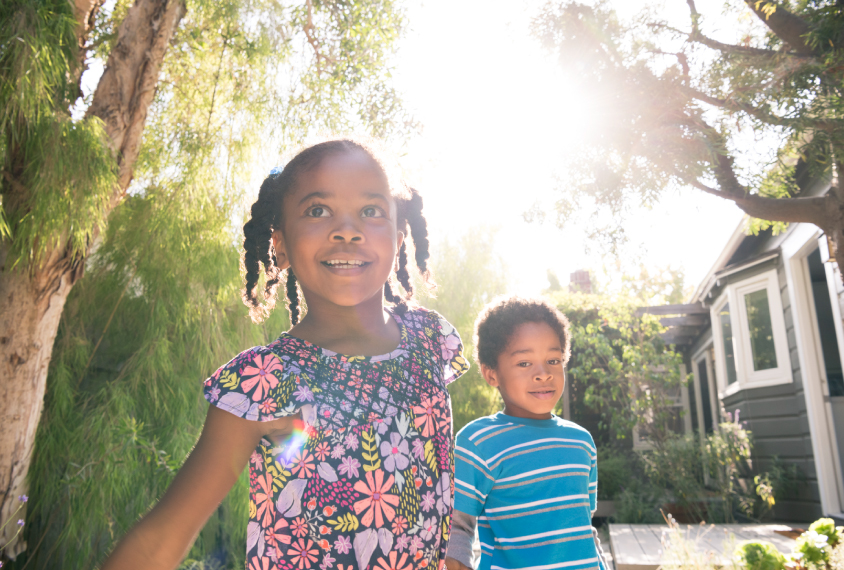
Repeat risk of autism in families varies by sex of older sibling
Children who have an older sister with autism are more likely to also have the condition than those who have an older brother on the spectrum.
Children who have an older sister with autism are more likely to also have the condition than are those who have an older brother on the spectrum. The risk is higher among younger brothers than younger sisters. The results, based on insurance records of more than 1.5 million families in the United States, were published today in JAMA Pediatrics1.
The findings are consistent with the idea that girls require more mutations than boys to end up with autism.
“For a girl to emerge with [autism] in the first place indicates that that is a high-risk family,” says study investigator Nathan Palmer, instructor in biomedical informatics at Harvard University.
The new study is the largest to report an increased risk of autism in so-called ‘baby sibs,’ the younger siblings of children with the condition. Previous estimates indicated that up to 25 percent of baby sibs end up with an autism diagnosis.
“This is a fabulous contribution to the literature,” says John Constantino, professor of psychiatry and pediatrics at Washington University in St. Louis, who was not involved in the study. It is “always great in this field to see replication.”
The study is also the largest to look specifically at autism recurrence based on the sex of the older sibling with autism. A 2015 study of 1,100 families reported a small hike in autism risk for the younger siblings of girls with the condition.
Record review:
Palmer and his colleagues analyzed the records of families who received health insurance from Aetna between January 2008 and February 2016. (Aetna is a large health insurance company that provides coverage to tens of millions of people in the U.S.) All of the families have two children between 4 and 18 years of age.
The researchers found that 39,460 of the children in these families, or 1.25 percent, have autism. They also observed that the condition occurs in about four boys for every girl, consistent with the accepted sex ratio for autism.
The researchers then focused on the 21,074 families in which the older child has an autism diagnosis. Of the 8,449 families with two boys, 1,092 (12.9 percent) of the younger brothers have autism. Of the 8,442 families with an older boy and a younger girl, 356 (4.2 percent) of the girls have the condition.
By contrast, among the 2,017 families with an older girl and a younger boy, 339 (16.7 percent) of the boys have autism. And of the 1,976 families with two girls, 150 of the younger sisters (7.6 percent) have autism. The results hold regardless of the age at which the children are diagnosed.
Autism occurs more frequently among boys than girls, regardless of the older sibling’s sex, hinting at a role for sex chromosomes or hormones in autism risk, Palmer says. “We have noted for a long time that the overall population rate of autism is higher in males than in females; the question is why.”
Because of the limited information contained in the insurance records, Palmer and his colleagues cannot be certain that all of the sibling pairs in the study represent biological siblings; some of them may be half-siblings or genetically unrelated. Palmer says this uncertainty may have led to an underestimate of recurrence risk, but the skewing should be comparable for both sexes.
References:
- Palmer N. et al. JAMA Pediatr. Epub ahead of print (2017) Abstract
Recommended reading

New organoid atlas unveils four neurodevelopmental signatures
Explore more from The Transmitter
Snoozing dragons stir up ancient evidence of sleep’s dual nature

The Transmitter’s most-read neuroscience book excerpts of 2025


